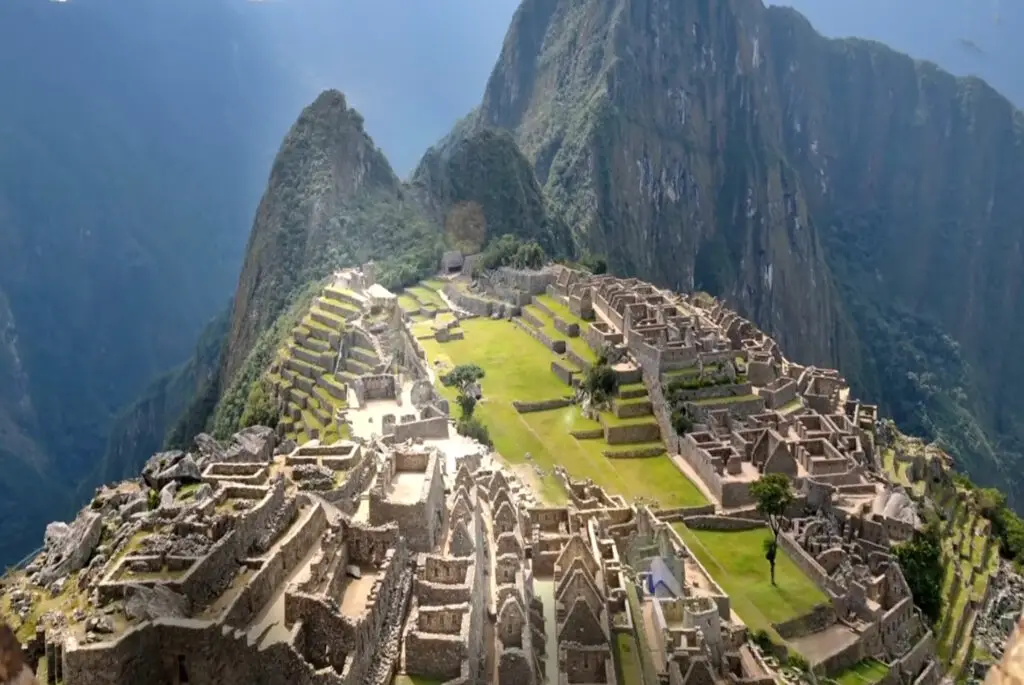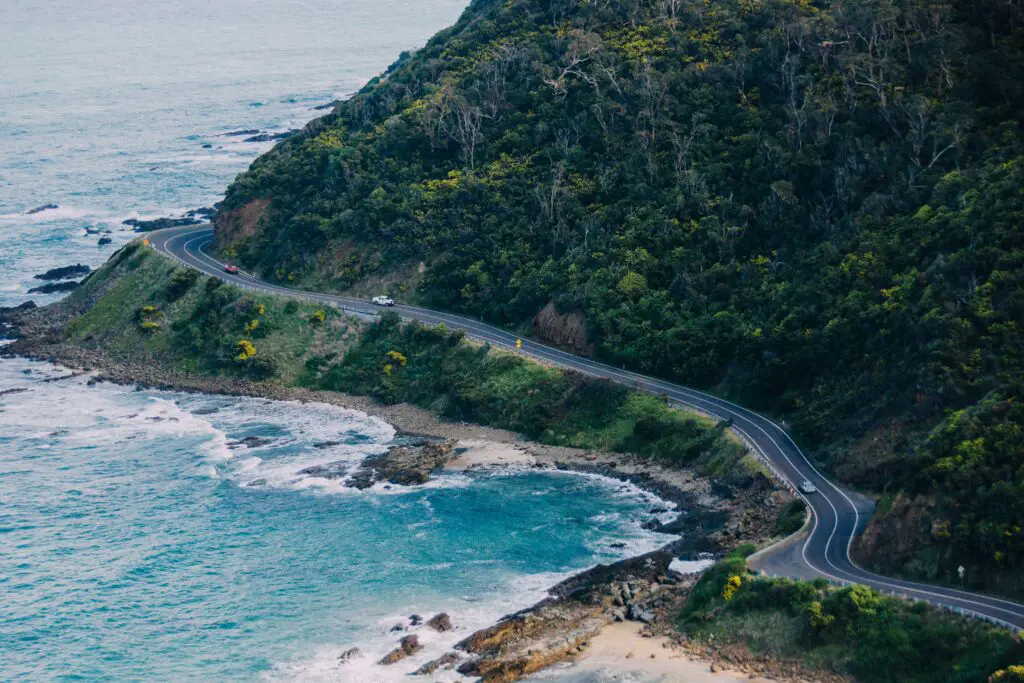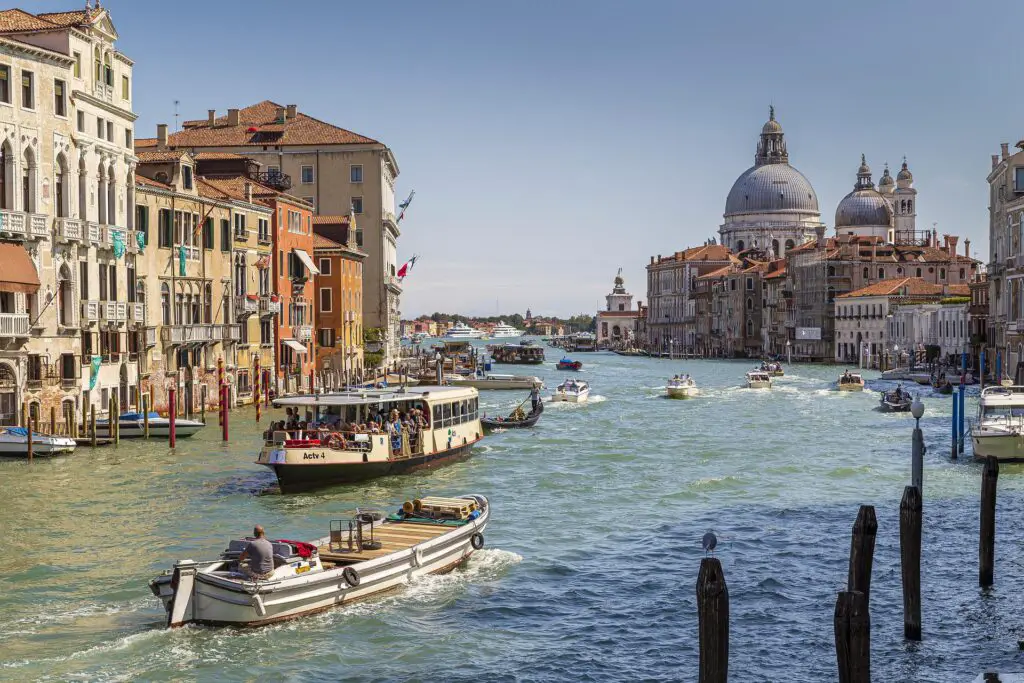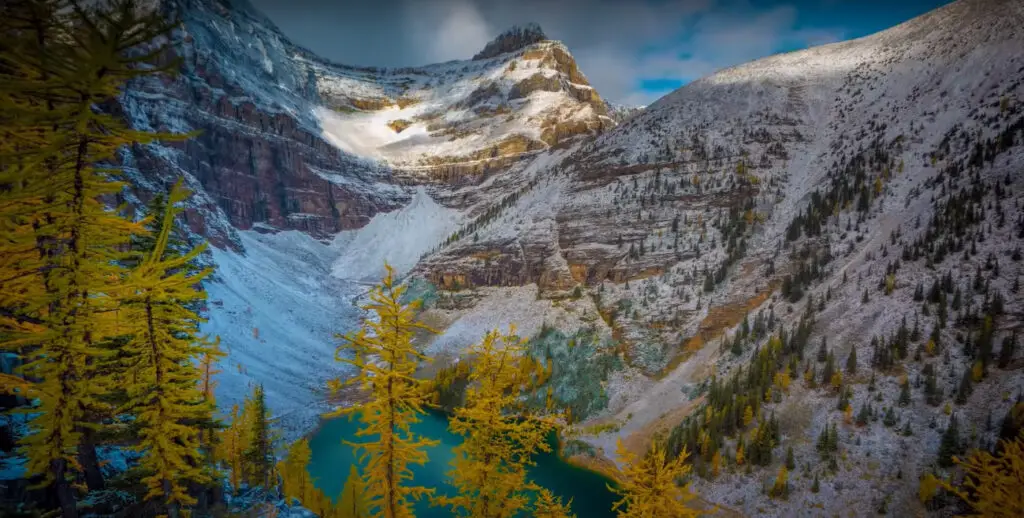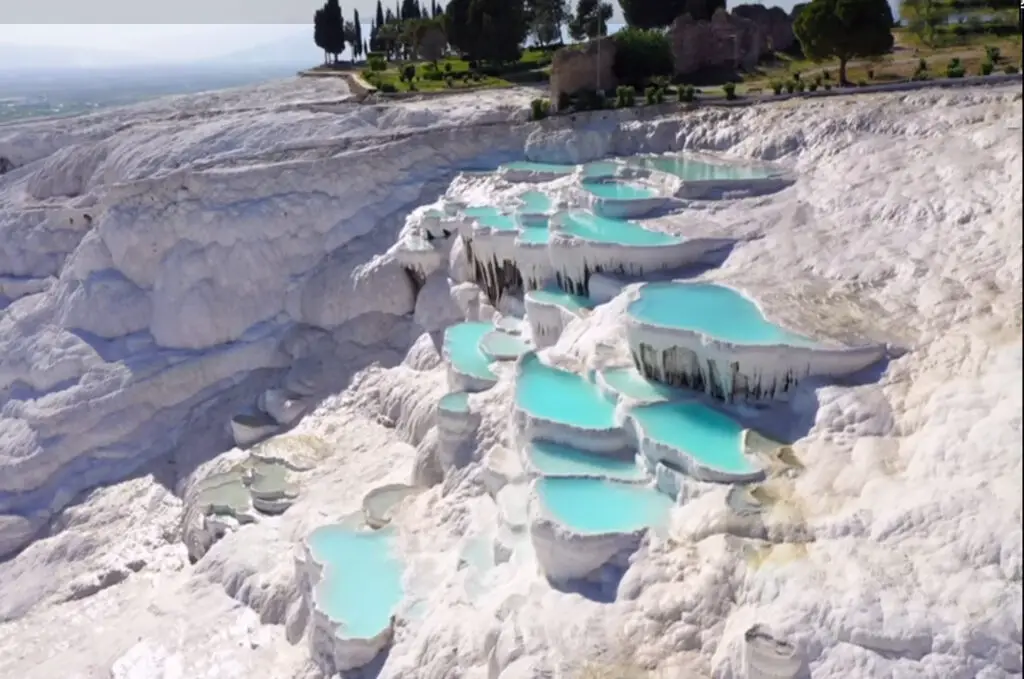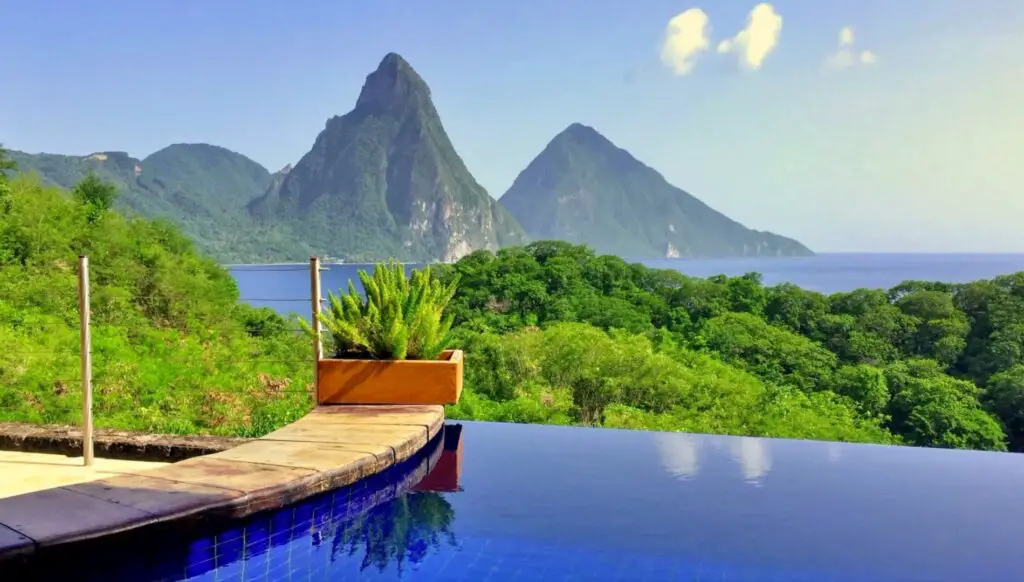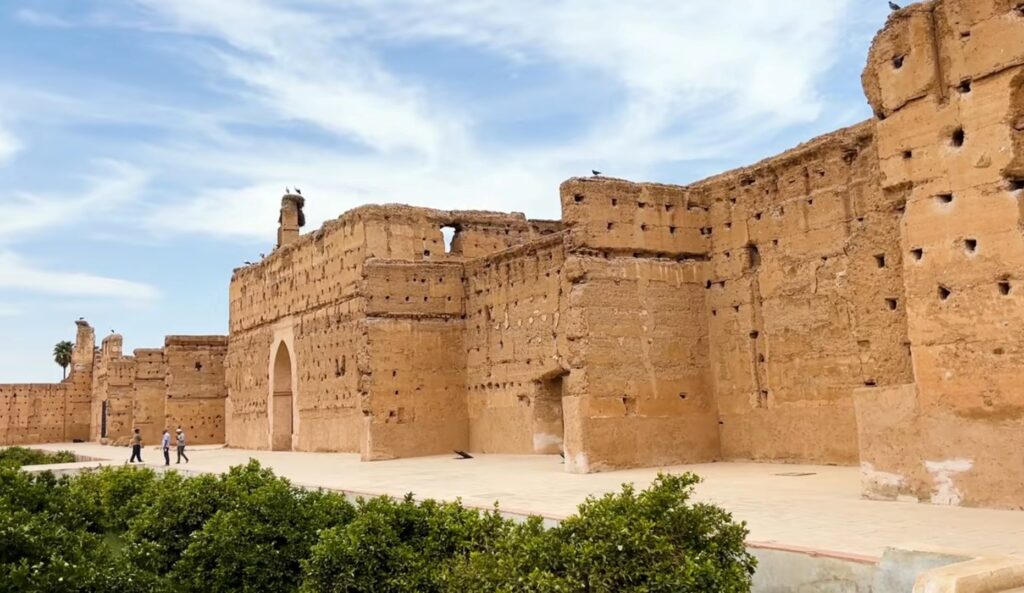Machu Picchu is a 15th-century Inca citadel located in the Eastern Cordillera of southern Peru. Machu Picchu elevation is 2,430-metre (7,970 ft) on a mountain ridge.
Location of Machu Picchu, Peru
Machu Picchu is located in Machupicchu District, Urubamba Province above the Sacred Valley, which is 80 kilometers (50 mi) northwest of Cusco. It is surrounded by the Urubamba River, which cuts through the Cordillera and creates a canyon with a tropical mountain climate.
Machu Picchu Elevation
Machu Picchu, also spelled Machupijchu, site of ancient Inca ruins located about 80 km northwest of Cuzco, Peru, in the Cordillera de Vilcabamba mountain range of the Andes. It is perched above the Urubamba River Valley in a narrow saddle between two sharp peaks—Machu Picchu (“Old Peak”) and Huayna Picchu (“New Peak”)—at an elevation of 7,710 feet (2,350 meters). Machu Picchu, one of the few major pre-Columbian ruins to be found almost intact, was inscribed on the UNESCO World Heritage List in 1983.
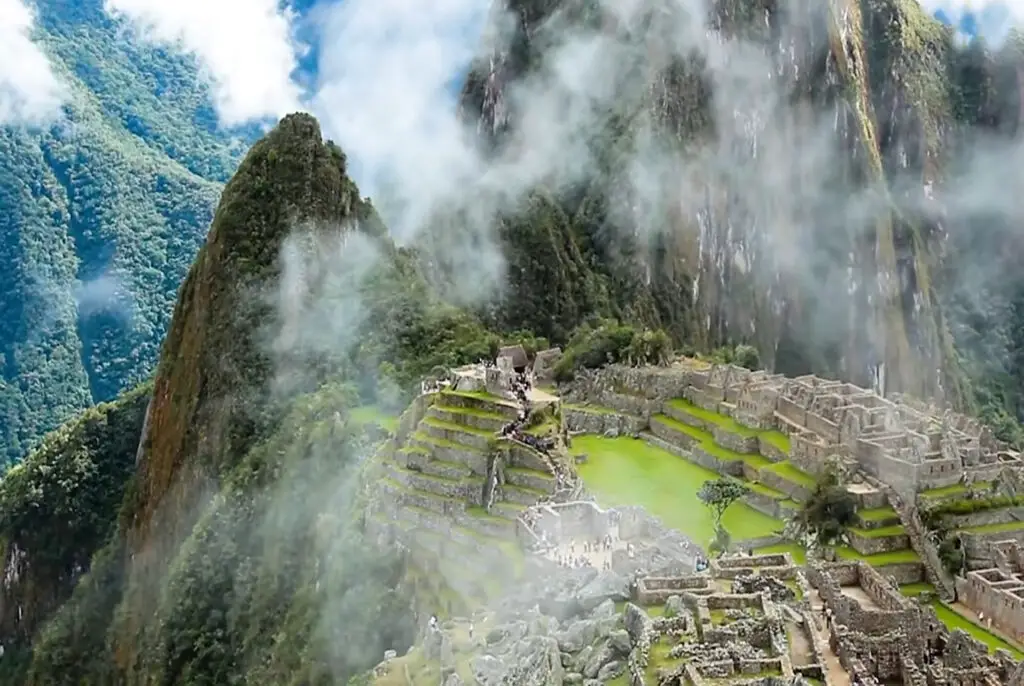
Machu Picchu Architecture
Most archaeologists believe that Machu Picchu was built as an estate for the Inca emperor Pachacuti (1438–1472). Often mistakenly referred to as the “Lost City of the Incas” (the name more accurately refers to Vilcabambu), it is the most famous icon of the Inca civilization. The Incas built the estate around 1450 but abandoned it a century later at the time of the Spanish conquest. Although known locally, it was unknown to the Spanish during the colonial period and remained unknown to the outside world until the American historian Hiram Bingham brought it to international attention in 1911.
Machu Picchu was built in the classic Inca style with walls of polished dry stone. His three primary structures are the Inti Watana, the Temple of the Sun, and the Room of the Three Windows. Most of the outlying buildings have been reconstructed to give tourists a better idea of how they originally looked. Thirty percent of Machu Picchu was restored by 1976, and restoration continues.
Machu Picchu was declared a Peruvian historical sanctuary in 1981 and inscribed on the UNESCO World Heritage List in 1983. In 2007, Machu Picchu was voted one of the New Seven Wonders of the World in a worldwide internet vote.
What is Machu Picchu famous for?
Machu Picchu is an ancient Incan city located in the Andes Mountains of Peru. It is famous for several reasons:
Historical significance: Machu Picchu was built by the Inca Empire around 1450, and was abandoned just over 100 years later during the Spanish conquest of Peru. The site was rediscovered in 1911 by Hiram Bingham, an American historian, and since then, it has been an important archaeological site that sheds light on the history and culture of the Inca Empire.
Unique architecture: Machu Picchu is famous for its unique and sophisticated Inca architecture, including the use of polished dry-stone walls and advanced engineering techniques. The site includes temples, terraces, and other structures that were used for religious, agricultural, and residential purposes.
Natural beauty: Machu Picchu is located in a stunning setting, surrounded by the Andes Mountains and overlooking the Urubamba River. The site offers breathtaking views of the surrounding landscapes, including the peaks of Huayna Picchu and Machu Picchu Mountain.
Tourist destination: Machu Picchu is a popular tourist destination, attracting visitors from around the world who come to explore the site and learn about its history and culture. The site is also a popular destination for trekking and hiking enthusiasts, who come to walk the famous Inca Trail that leads to Machu Picchu.
Story behind Machu Picchu?
It is believed that Machu Picchu was built by the Inca Empire around 1450, during the reign of the Inca emperor Pachacuti. The site was built as a royal estate, and it was used as a summer retreat for the Inca elite. Machu Picchu was built using advanced engineering techniques and sophisticated Inca architecture, which allowed it to withstand earthquakes and other natural disasters.
The site was occupied for only about 100 years, and it is believed that it was abandoned during the Spanish conquest of Peru in the 16th century. The Spanish never discovered the site, and it remained hidden from the outside world for centuries.
In 1911, Hiram Bingham, an American historian, rediscovered Machu Picchu. Bingham was exploring the area looking for the lost city of Vilcabamba when he stumbled upon the site. He was struck by its beauty and historical significance and returned to the United States to share his findings with the world.
Since then, Machu Picchu has become an important archaeological site and tourist destination, attracting visitors from around the world who come to explore the site and learn about its history and culture. The site has also been a subject of controversy, with debates about its original purpose, construction methods, and the reasons for its abandonment.
History of Machu Picchu
Built around 1450 and discovered in 1911, the sacred Inca citadel, located in the heart of the Peruvian Andes, still harbors mysteries and mysteries about its true purpose, which are still hidden today, attracting the interest of visitors and archaeologists from around the world.
What religion was practiced in Machu Picchu?
The Inca civilization, which built Machu Picchu, practiced a polytheistic religion that revolved around the worship of gods and goddesses associated with nature, agriculture, and fertility. The Incas believed in a complex system of gods and goddesses, and they had many religious rituals and ceremonies that were performed by priests and priestesses.
The most important god in the Inca religion was Inti, the sun god, who was believed to be the father of the Inca people. The Incas also worshipped other deities such as Pachamama, the earth goddess, Mama Quilla, the moon goddess, and Illapa, the god of thunder and lightning.
Religious ceremonies were an important part of Inca life, and they were often performed in sacred sites such as Machu Picchu. The Incas believed that these sites were places where the gods and goddesses could be reached, and they often built temples and other structures to honor them.
Today, while the Inca religion is no longer practiced, many of the religious traditions and beliefs of the Inca people continue to influence the culture and spirituality of the Andean people of Peru.
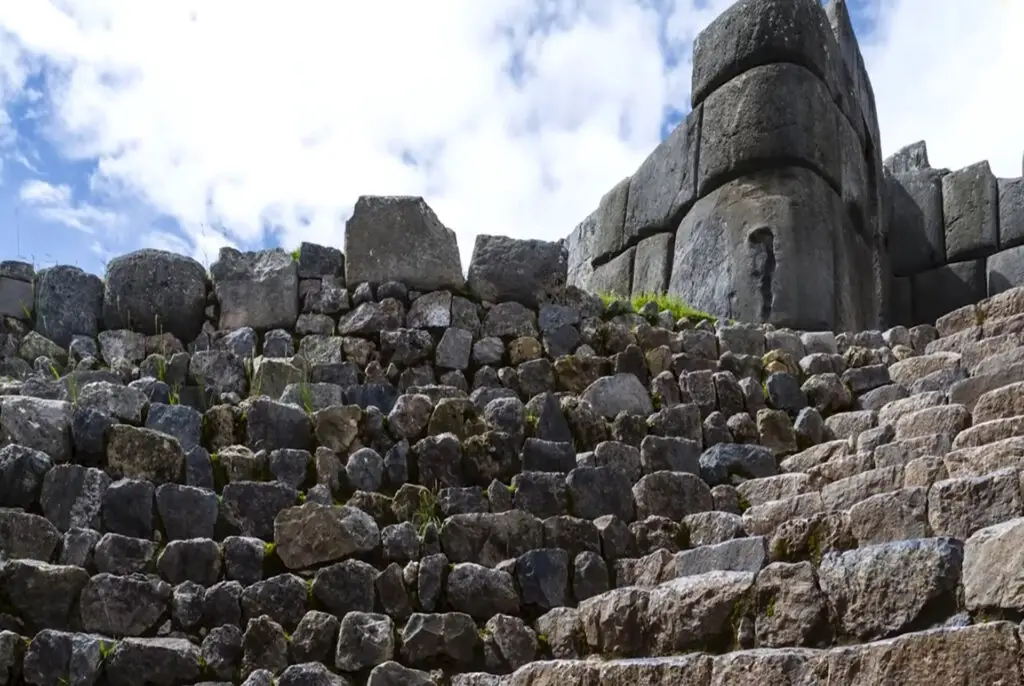
Due to its strategic location on top of a high mountain, there are various theories as to what this might mean for the Incas. Some argue that it was built as a large mausoleum for the Inca Pachacútec, while others argue that it was an important administrative and agricultural center whose cultivated areas served to support its inhabitants. However, it is also believed to have been used as a necessary link between the Andes and the Peruvian Amazon, or as a resting place for an Inca governor.
The truth is that Machu Picchu is one of the greatest symbols of the impressive architecture and engineering of the Inca Empire. Although its origins are still under investigation, the value and significance it represented in its time, as well as its impressive design, have earned it consideration as one of the Seven Wonders of the Modern World.
Interesting places in Machu Picchu
When visiting the sanctuary, one witnesses the most fascinating and incredible attractions. Each of them has its own history and significance, but all with great architectural beauty.
In total, there are around 196 tourist sites in the citadel among archaeological complexes, squares, temples, water fountains, monuments and residences; everything blends with each other and with the natural environment.
When visiting Machu Picchu, you can see two well-marked sectors divided by a wall approximately 400 meters long: one oriented for agricultural purposes and the other more urban. The agricultural area is characterized by the presence of terraces or plateaus that were used to grow different foods. Very close to this area are several small houses which may have been the dwellings of farmers.
On the other hand, in the township is the Royal Residence, which was the best, most extensive, and best distributed house in the place; Plaza Sagrada, the main ceremonial site of the city, the pyramid of Intihuatana, where the large sundial is located; Grupo de las Tres Portadas, a group of buildings formed by three large portals, and Grupo del Cóndor, which includes temples for ceremonial use.
Flora and fauna
It’s not all history and culture at this sanctuary. Machu Picchu is home to diverse and exotic biodiversity. This is due to its location: between the Andes and the Peruvian Amazon, which allows the development of different species. In addition, it has the Urubamba River that crosses it from east to west.
This natural area is home to species such as the Andean fox, puma, vizcacha, spectacled bear, white-tailed deer, among others. In addition to more than 420 species of birds, in which the rooster of the rock and the Andean condor stand out. In addition, Machu Picchu has about 377 species of butterflies, 15 amphibians and 25 reptiles, including 9 species of lizards and 16 snakes.
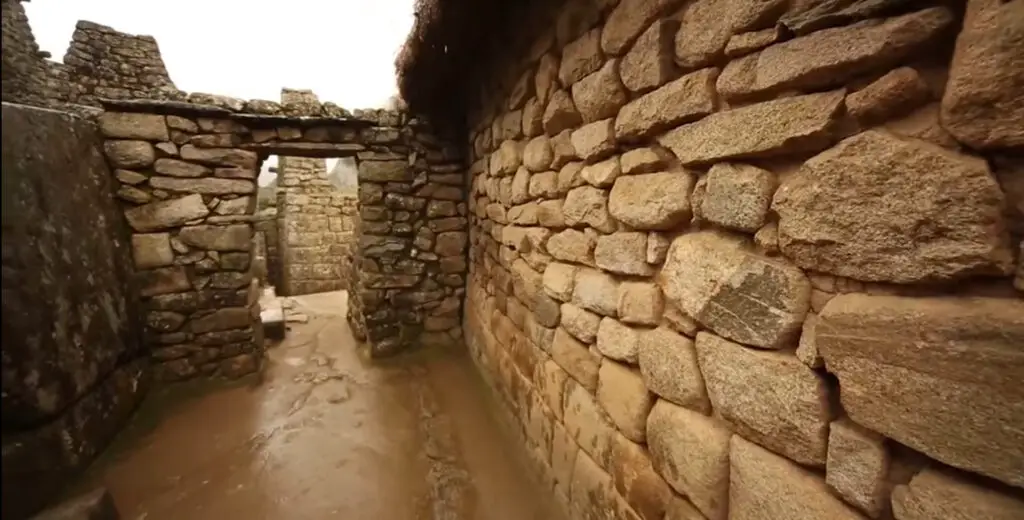
This wonder of the modern world has more than 30 thousand hectares, on which there are forested areas, steep mountains, peaks and snow-capped mountains. As well as woods such as alder, white cedar, bark, yanay, and laurel; except for unca, queñua and t’asta forests.
The world of orchids
These flowers deserve a separate mention, as 370 species have been registered at Machu Picchu, which corresponds to 20% of the species identified in Peru. Orchids are found on the routes and paths that cross the sanctuary; as well as in the nature reserve near the Vilcanota River. Here is the largest collection of native orchids in the world, according to the American Orchid Society.
How to get to Machu Picchu?
- Lima to Cusco ——–Air: approximately 1 h 15 min
- Cusco – Ollantaytambo——- Overland: approximately 1 h 30 min
- Ollantaytambo-Machu Picchu———– Train: approximately 2 hours

